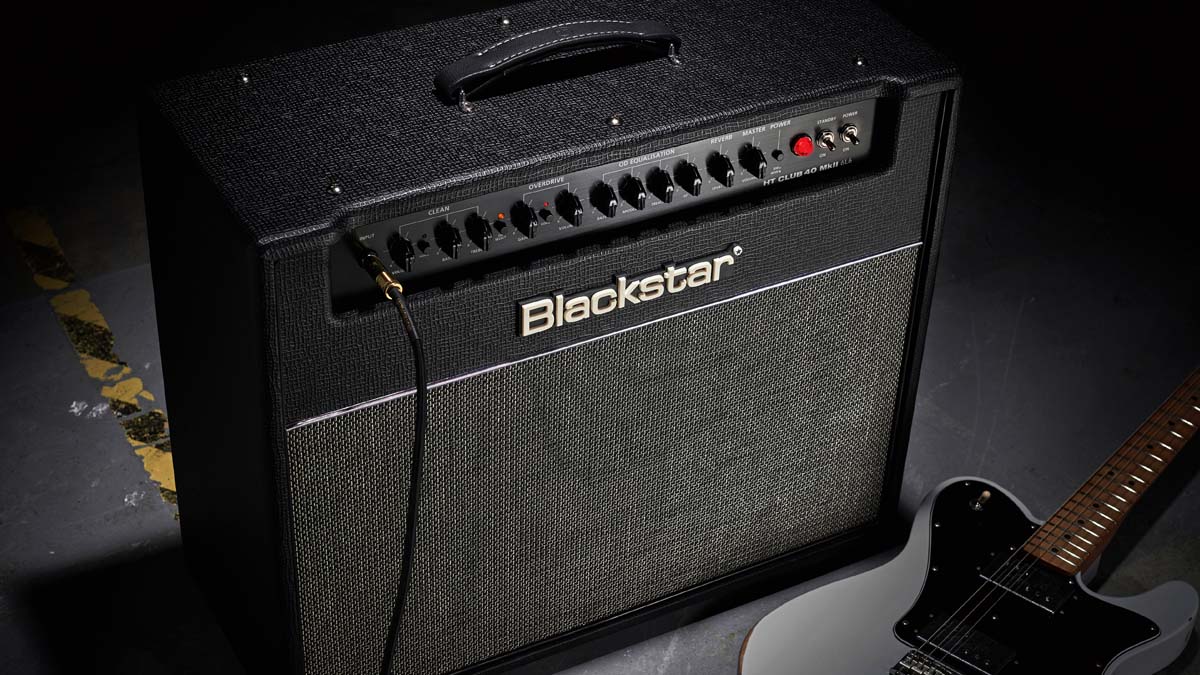Guitar World Verdict
An alternative sonic direction for Blackstar’s best-selling valve combo, with 6L6 valves, power reduction, speaker emulation, direct recording outputs, effects loop and USB audio, this MkII Club 40 is a great value tone monster with all mod cons.
Pros
- +
Boutique-quality tone at a competitive price.
- +
All the features needed for home recording.
- +
Compact but powerful.
Cons
- -
It would be nice if the effects loop were foot-switchable, but at this price we can live with it.
You can trust Guitar World
Blackstar’s long-running HT Venue series has been one of the world’s most popular amplification choices for more than a decade now, and it’s around three years since Blackstar took the brave move to update it.
Not just a case of adding ‘MkII’ to the front panel, every feature was painstakingly explored and improved, with several new functions to facilitate modern home recording, including USB audio, balanced DI outputs with speaker emulation, and a brand-new digital reverb.
The update proved to be a major success, cementing the HT Venue’s reputation as the go-to mid-priced valve amp.
The HT Club 40 6L6 has an uncanny knack of sounding perfectly dialled in, no matter what style you choose – something that’s usually more associated with boutique designs
Meanwhile, Blackstar never stands still and, following significant customer demand, there’s been a recent addition in the shape of the HT Club 40 MkII 6L6, which swaps the standard-issue EL34 power valves for a pair of 6L6s. For many players the 6L6 is a fundamental part of the ‘American sound’, although its origins are a lot closer to home.
Back in the early 1930s, British companies EMI and Marconi-Osram Valve funded an R&D project to design a new power valve that would circumvent European patents on pentodes, which were held by Philips. The research was a success.
However, M-OV’s management decided the new valve, called a beam tetrode, would be too expensive to produce and cut its losses, licensing the R&D to Radio Corporation of America. RCA promptly turned it into the 6L6, which went on to become the world’s most popular power valve, used in all kinds of applications including guitar amplifiers, where it’s been around in one shape or another for 70 years.
This 6L6-equipped HT Club 40 is distinguished from the rest of the range by a coat of immaculately applied basket-weave vinyl and black chickenhead control knobs – apart from which it’s identical in form and function, with a generously sized plywood cabinet housing a single Celestion Seventy 80 12-inch loudspeaker.
All the latest guitar news, interviews, lessons, reviews, deals and more, direct to your inbox!
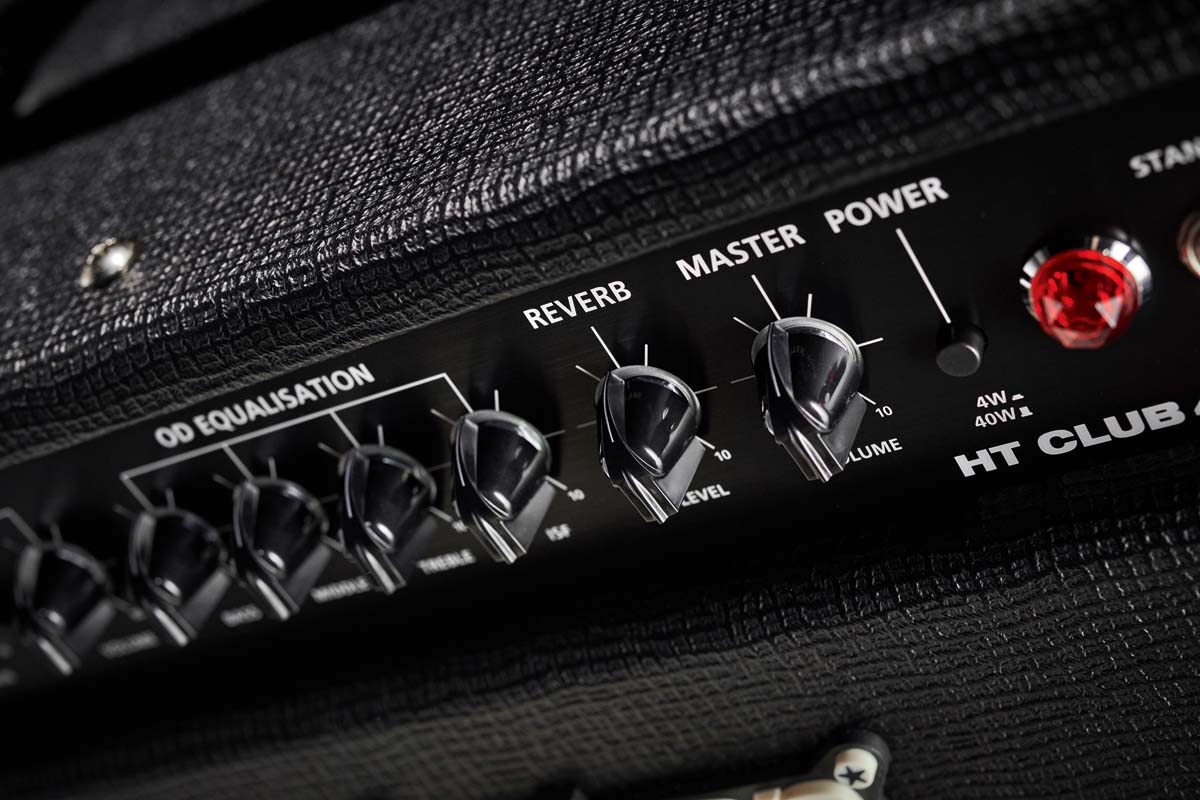
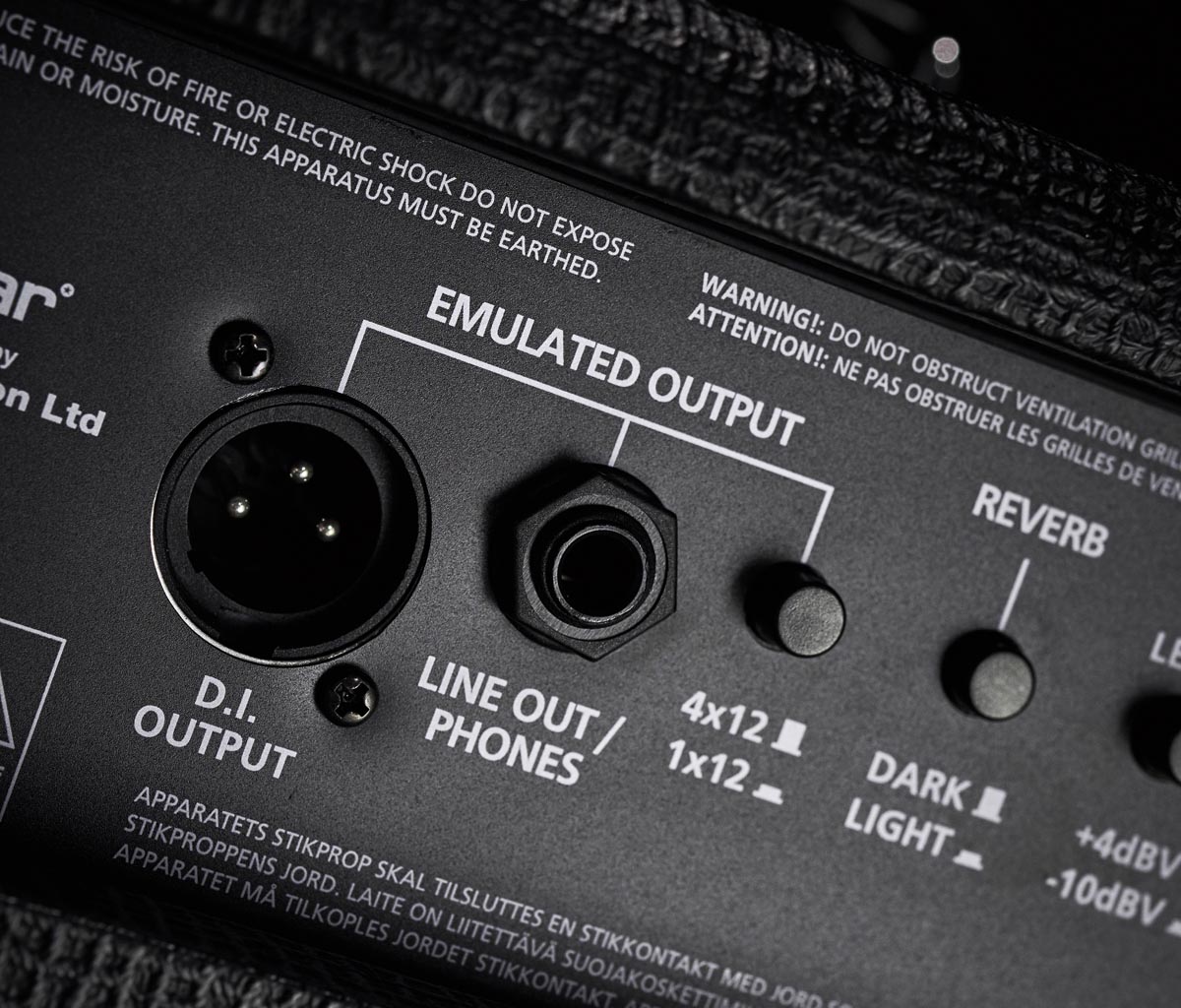
Inside the robust steel chassis, most of the electronics reside on a large high-quality through-plated circuit board, laid out with typical Blackstar attention to detail, minimising noise while maximising reliability.
There are two channels each with two voices, and all four sounds can be accessed from the supplied footswitch. These four voices are far from simple tone presets; for each one the preamp voicing, EQ, gain structure and power amp damping simultaneously shift to maximise each sound’s capability.
The Clean channel offers volume, bass and treble controls, while the Overdrive channel has gain, volume, bass, mid, treble and ISF. Unique to Blackstar, the Infinite Shape Feature continuously varies the Club 40’s EQ network between British and American configurations, considerably widening the amp’s tonal range.
The Club 40’s master section includes a level control for its digital reverb, an overall volume control and a useful power reduction switch that drops output to around four watts for home and studio use.
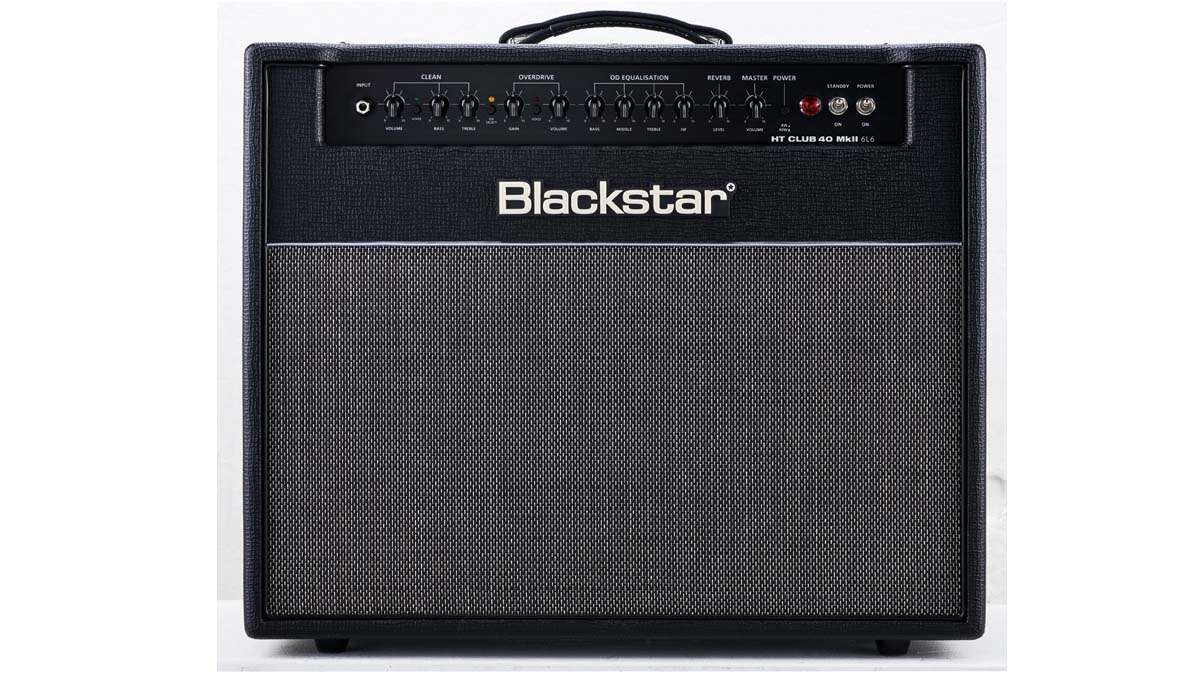
Rear panel goodies include a trio of speaker outlet jacks and speaker-emulated balanced DI and stereo line/headphones outputs, together with a push-button switch that offers 1x12 or 4x12 cabinet emulations. Another push button selects between two reverb presets: one a bright plate, the other a warm room with plenty of jazz club ambience – nice.
There’s a series effects loop with switchable levels and two footswitch sockets. One is for the supplied two-button unit, which changes channels and toggles voice settings, while the other is for Blackstar’s optional FS-14 five-button controller, which accesses channels and voices, as well as toggling the reverb and a global boost. Lastly, on the far right, there’s a USB audio socket that lets you connect the Club 40 directly to a computer or DAW for recording.
The USB sends four independent channels simultaneously: a fully processed left and right with speaker emulation and stereo reverb, a preamp out with no reverb or speaker emulation, and a dry, unprocessed guitar signal as received by the amp. The USB can also receive audio in on a stereo pair, taken via the emulated output.
Overall, as you’d expect from Blackstar, the HT Club 40 MkII 6L6 is a good-looking and well-built combo, compact and portable enough for home and studio use, while ready for any size of stage.

Feel & Sounds
Along with our Duncan Alnico Pro-loaded Strat and PAF-equipped Les Paul Standard, we borrowed a Gibson ’63 ES-335 CS replica to put the Club 40 through its paces. It’s practically noiseless in operation, making it ideal for use at home or in the studio where Blackstar’s speaker emulation, digital reverb and USB audio interface make it easy to connect to computers or DAWs.
This new 6L6 option is really about taking a different tonal direction, and given its wide-ranging tone controls we were interested to see how much of a difference the valve makes.
The Club’s ‘American’ clean voice setting already produces the kind of sounds you’d expect to hear from 6L6-powered amplifiers: clean, bright highs and a solid yet tight low-end, with plenty of headroom to accommodate pedalboards.
Meanwhile, the ‘British’ voice has a warmer midrange and responds more to player dynamics. We tended to favour the American clean voice setting, which we felt was enhanced by the 6L6, with a sweeter treble and better-defined lows.
The Club 40’s two overdrive voices are best described as ‘vintage’ and ‘modern’, with a variety of circuit changes producing two very different sounds. Our preference was the vintage voicing, which is tight and highly responsive with medium damping.
Used with that ES-335 and the gain set to around halfway, this channel was instant vintage Larry Carlton, right on the money for recreating Mr 335’s back catalogue and perfect for any jazz/fusion style. Swap to the Les Paul or Strat, add a little more gain and you can sound equally authentic playing any classic rock hit from the late 60s and early 70s.
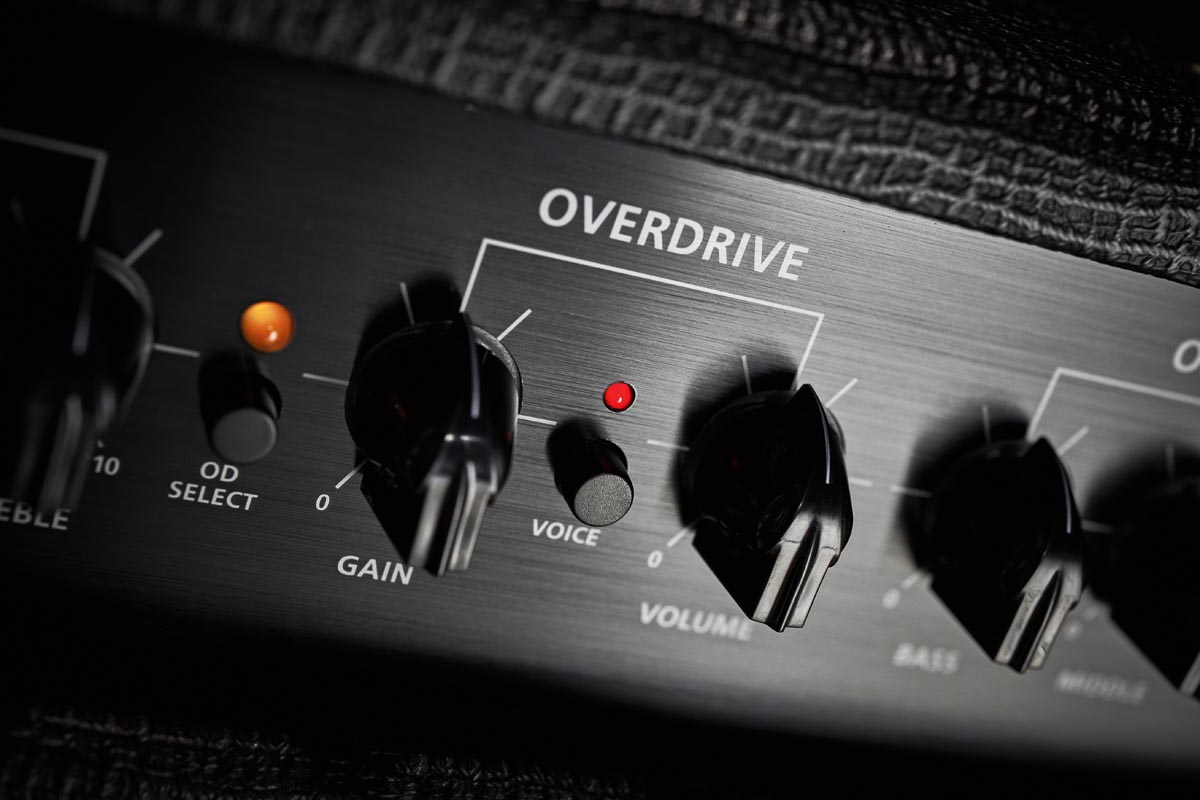
The higher gain modern overdrive voice has a boosted midrange, with a more aggressive feel that’s ideal for modern rock and metal – we felt this one might be better with EL34 power, while to our ears the other three voices all sounded better in 6L6 guise.
From warm, vintage jazz to snappy country and funk, and indie chime to classic and modern rock, the HT Club 40 6L6 has an uncanny knack of sounding perfectly dialled in, no matter what style you choose – something that’s usually more associated with boutique designs that only zero in on one or two specific tones.
Verdict
We’ve encountered the new improved HT Club 40 MKII on several occasions over the last couple of years and it gets better every time, with inspirational sounds and practically boundless versatility.
The 6L6 subtly shifts the Club’s tonal centre, adding sonic authenticity for American-influenced genres yet taking little, if anything, away from textures normally associated with the EL34.
Currently, both valve options cost the same so the choice is simple – go for whichever sounds best to your ears. Compared with the competition, either version is still hard to beat when it comes to bang for buck, with instant pro-quality tone for home recording or internet broadcasting.
When grassroots live music returns, you can relax knowing the Blackstar you bought during these strange times will handle any gig you can throw at it, with volume to spare and all the tone you’ll ever need. Bring it on!
Specs
- PRICE: $799 / £749
- ORIGIN: Designed in the UK, made under licence in China
- TYPE: Hybrid preamp and valve power amp
- OUTPUT: 40W RMS, switchable to 4W RMS
- VALVES: 2x 12AX7, 2x 6L6
- DIMENSIONS: 588 (w) x 480 (h) x 260mm (d)
- WEIGHT (kg/lb): 24/53
- CABINET: Birch ply
- LOUDSPEAKER: 1x12” Celestion G12 Seventy 80
- CHANNELS: 2, each with 2 footswitchable voices
- CONTROLS: Clean channel: volume, bass, treble, voice switch. Overdrive channel: gain, volume, bass, mid, treble, ISF, voice switch. Global reverb level, power reduction switch and master volume. Speaker emulation cab select, effects loop level select
- FOOTSWITCH: 2-button FS-15 footswitch (supplied), selects channels and voices
- ADDITIONAL FEATURES: Series effects loop with switchable levels, digital reverb with 2 modes, power reduction switch, speaker-emulated direct outputs on balanced XLR and headphones/line jack, 4-channel USB audio, external speaker jacks
- OPTIONS: 5-button all-access FS-14 foot-controller, $89 / £80
- RANGE OPTIONS: EL34-equipped HT Club 40 MkII, $799 / £749
- CONTACT: Blackstar
Nick Guppy was Guitarist magazine's amp guru for over 20 years. He built his first valve amplifier at the age of 12 and bought, sold and restored many more, with a particular interest in Vox, Selmer, Orange and tweed-era Fenders, alongside Riveras and Mark Series Boogies. When wielding a guitar instead of soldering iron, he enjoyed a diverse musical career playing all over the UK, including occasional stints with theatre groups, orchestras and big bands as well as power trios and tributes. He passed away suddenly in April 2024, leaving a legacy of amplifier wisdom behind him.
